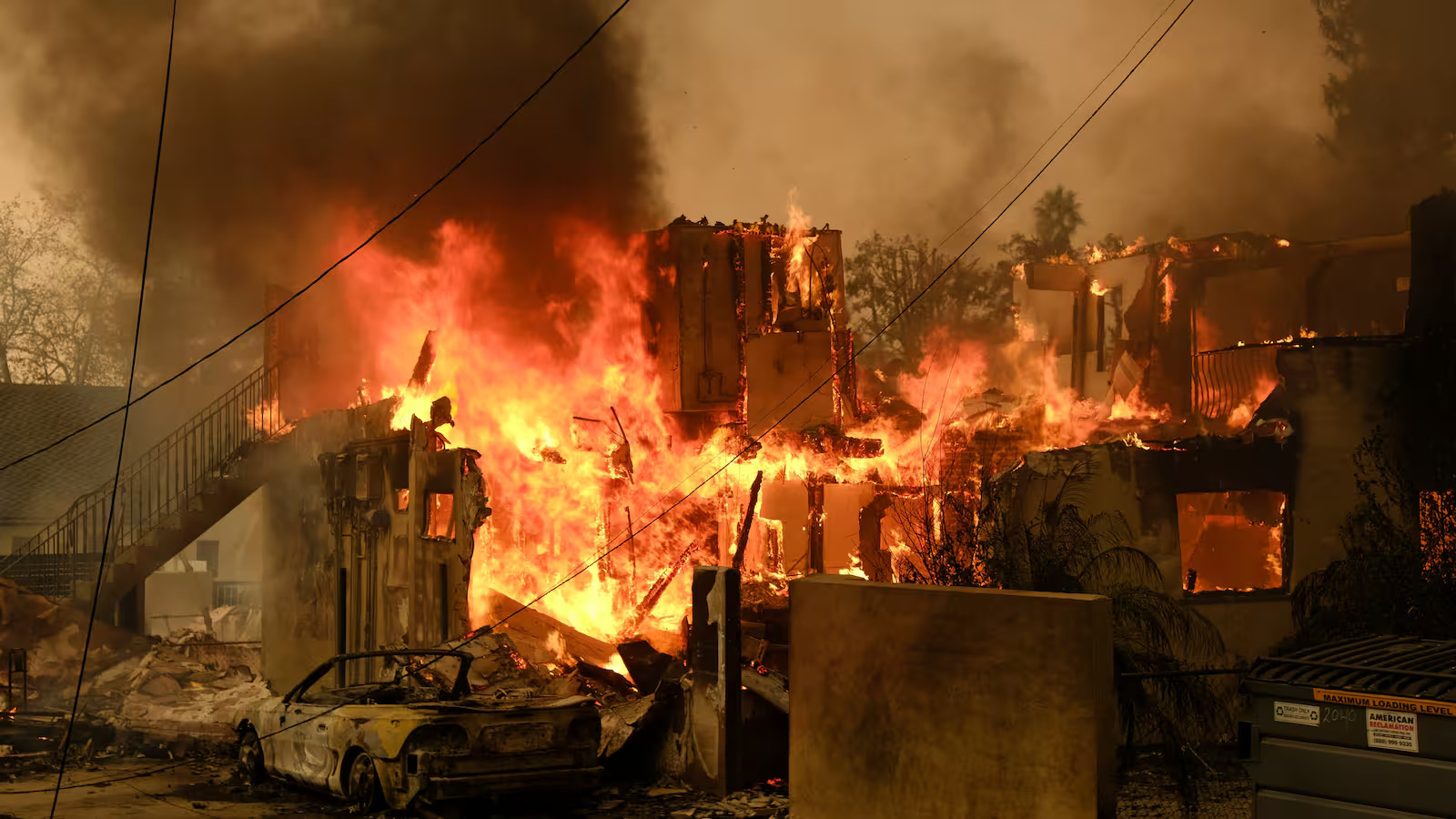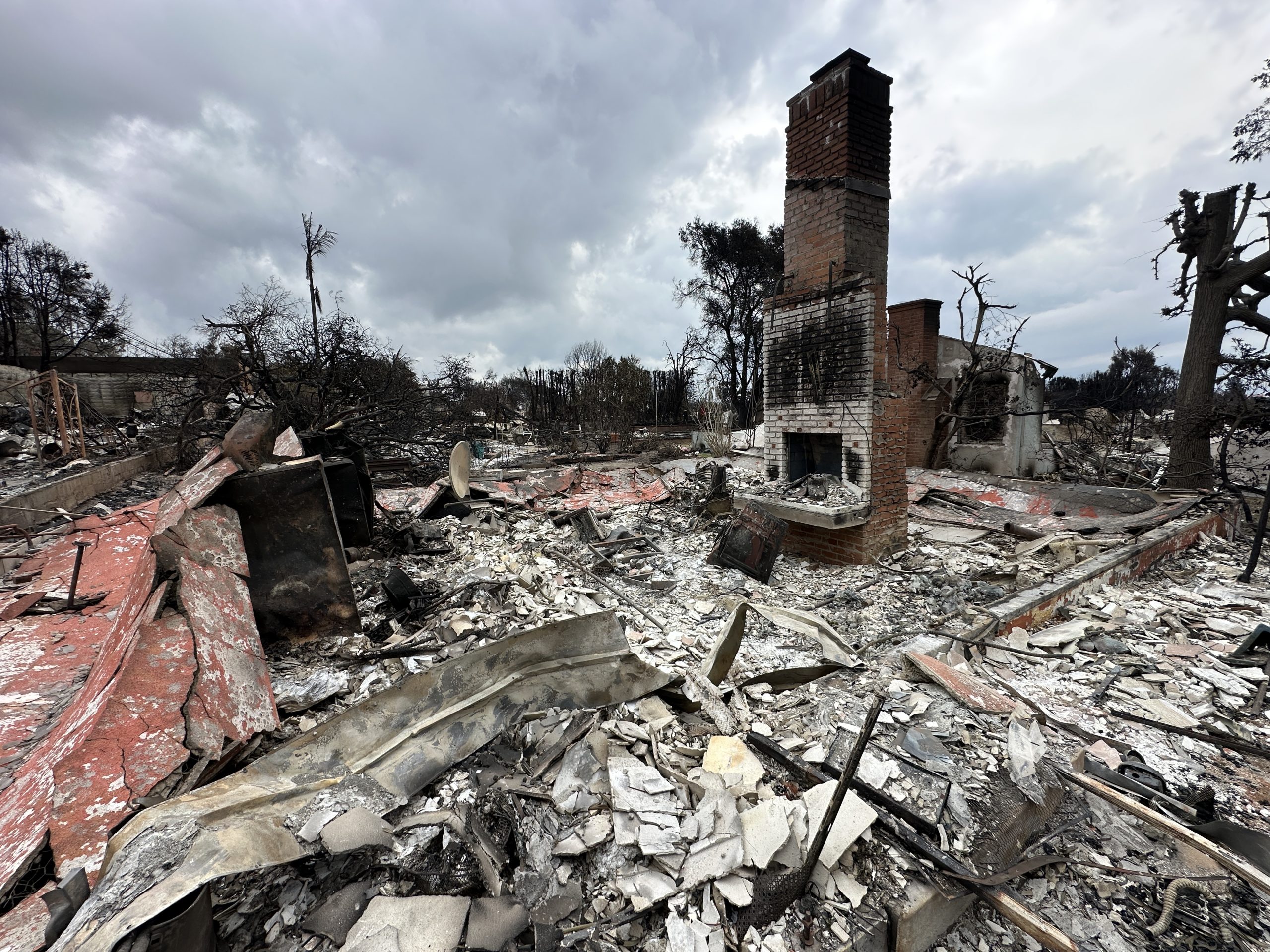
Recover Faster & Build Stronger After Wildfire Damage
Wildfire recovery is our expertise. Let our team guide you through a seamless rebuilding process after wildfire damage. We handle every step from assessment to reconstruction so you can focus on what matters most: your family's recovery.
How We Can Help After The Wildfires
Recover Faster & Build Stronger After Wildfire Damage
Wildfire Recovery Experts
Wildfire recovery is our expertise. Let our team guide you through a seamless rebuilding process after wildfire damage. We handle every step from assessment to reconstruction so you can focus on what matters most: your family's recovery.
Learn more about our process
Faster Recovery
Rebuild 30% faster with our efficient recovery process
Expert Guidance
Expert guidance from assessment to final construction
Insurance Coordination
Seamless coordination with insurance providers
Advanced Materials
Advanced fire-resistant materials for long-term safety
Project Management
Dedicated project management to streamline every phase
Permit Expediting
Fast-track permitting to reduce rebuilding delays by up to 40%
Ready to Start Your Recovery Journey?
Our team is ready to help you navigate the rebuilding process with expert guidance and support at every step.
How We Make Rebuilding Easier
Our comprehensive services streamline the rebuilding process, ensuring a faster, smoother journey from planning to completion. We're committed to protecting your home and family's future.
Detailed Project Timeline & Milestones
Understanding the rebuilding process helps you prepare for what's ahead. Here's a comprehensive roadmap of what to expect during your wildfire recovery journey.
Initial Assessment & Planning
Key Tasks:
- Property damage assessment and documentation
- Initial consultation with our rebuilding experts
- Insurance claim guidance and documentation
Completion of damage assessment report and rebuilding strategy
Total Rebuilding Timeline
The complete wildfire recovery and rebuilding process typically takes 5-8 months from initial assessment to move-in, depending on project complexity, permitting timelines, and other factors.
Important Note:
Timelines can vary based on project scope, local permitting processes, weather conditions, and material availability. Our team works diligently to expedite the process while maintaining the highest quality standards. We'll provide you with regular updates and a personalized timeline specific to your project.
Insurance Claim Roadmap
Navigate the complex insurance claim process with confidence. Our step-by-step guide helps you maximize your coverage and avoid common pitfalls.
Introduction & Overview
Why This Matters
A structured insurance claim process is essential for wildfire recovery. It minimizes delays, maximizes payouts, and ensures accurate documentation of your losses. Without proper guidance, homeowners often leave thousands of dollars on the table.
Who This Helps
This roadmap benefits those new to insurance claims as well as seasoned homeowners who want to avoid common pitfalls. Even if you've filed claims before, wildfire claims have unique challenges that require special attention.
Step-by-Step Guide
- Document the Damage:
Take extensive photos and videos of the site. Document all affected structures and areas, even if they appear minimally damaged.
- Safety First:
Wait until authorities declare it safe to re-enter your property. Structural damage and toxic materials can pose serious health risks.
- Contact Insurance ASAP:
Notify your insurance company immediately, even before all details are gathered. Most policies require prompt reporting of losses.
- Policy Details:
Have a copy of your insurance policy readily available, either digital or paper. Review coverage limits and deductibles.
- Receipts & Records:
Collect proof of ownership, purchase receipts, mortgage documents, and any relevant warranties for major items.
- Loss Inventory:
Create a detailed list of items destroyed or damaged, with estimated values. Go room by room to ensure thoroughness.
- Claim Filing Options:
Most insurers offer multiple ways to file: phone call, online portal, or in-person meeting with an agent. Choose what works best for you.
- Provide Preliminary Information:
Be ready with your policy number, date of loss, and a general description of the damage. More details can be provided later.
- Claim Reference Number:
Write down or save your claim number for all future communications. This is your key identifier throughout the process.
- Scheduling the Visit:
Your insurer will send an adjuster to assess the damage. Try to schedule this as soon as it's safe to access your property.
- Be Present:
Attend the inspection if possible, pointing out critical details the adjuster might otherwise miss. Consider having a contractor present too.
- Clarifying Coverage:
Ask the adjuster about coverage limits, deductibles, and timelines for claim resolution. Get answers in writing when possible.
- Supporting Evidence:
Submit additional proof of loss documentation, including detailed photos, contractor estimates, and expert reports as needed.
- Stay Organized:
Keep detailed communication logs of all emails, calls, names of representatives, and dates. Request written confirmation of verbal agreements.
- Follow-Up Reminders:
Send written reminders if there's no progress within 7-10 days. Be persistent but professional in your communications.
- Review Settlement Offer:
Carefully read the offer and compare it to contractor estimates and your personal calculations. Verify it covers all damages.
- Negotiation Tips:
If the payout seems too low, consider getting a second opinion from independent adjusters or contractors. You can appeal the decision.
- Release Forms:
Be cautious about signing release forms that might waive future claims. Ensure the settlement truly covers all expenses before signing.
- Approved Payout:
Use funds effectively for rebuilding, noting any restrictions from your mortgage lender. Some payments may be made in installments.
- Final Documentation:
Keep proof of completed work and final inspections to officially close the claim. This may be required by your insurer.
- Future Adjustments:
Be aware that some policies have time limits for reporting additional damage discovered later. Know your deadlines.
Incomplete or Inaccurate Documentation
- Not Taking Enough Photos: Capture everything from multiple angles, including close-ups and wide shots.
- Missing Receipts: Use bank statements or credit card records as backup for missing receipts.
Misunderstanding Policy Coverage
- Coverage Limits: Landscaping, outbuildings, and certain valuables may have partial or no coverage.
- Additional Living Expenses: Understand the limits and eligibility criteria for temporary housing costs.
Missing Deadlines
- Initial Reporting Window: Most policies require claims to be filed within a specific timeframe after the loss.
- Documentation Delays: Late submission of forms and evidence can result in claim denials.
Accepting Low Settlement Offers
- Insufficient Assessment: First offers often don't fully account for rebuilding costs or total losses.
- Lack of Second Opinion: Consult with contractors or public adjusters to verify if the settlement is fair.
Why This Roadmap Matters
Following these steps prevents delays and maximizes your insurance payout. The difference between a properly managed claim and a mishandled one can be tens of thousands of dollars in your recovery funds.